Genevieve Iron Lightning has seen hardship.
When the young Lakota dancer was just 11 or Watch Gun Hill Online12 years old, her mother began battling depression and alcoholism, causing her to treat her children differently and compromise their safety. So Iron Lightning made a brave decision, and took her two younger brothers to live with their grandmother in Eagle Butte, South Dakota, on the Cheyenne River Reservation—one of America's poorest counties.
Now 16, she's on a mission to set a good example for younger generations within her resilient community, and show that by embracing their culture and finding economic empowerment, they can lift themselves up.
SEE ALSO: How young Native Americans built and sustained the #NoDAPL movementIron Lightning tells her story in a new short documentary called Lakota in America, which shines a light on the Cheyenne River Reservation's youth and those working to help them. The 15-minute video was produced by Even/Odd Films and commissioned by mobile payments company Square as the latest installment of its "For Every Kind of Dream" series, which first launched at the beginning of the year.
The new film was released to the public on Monday in honor of Indigenous Peoples' Day, known in South Dakota as Native American Day.
Lakota in America follows Iron Lightning as she interns at Eagle Butte's only coffee shop through the Cheyenne River Youth Project (CRYP), a grassroots organization that helps lead young people toward a more secure future.
"The internships help you prepare for life after high school," she says in the film. "I am definitely going to go to college, and I will come back and help my community in any way I can. Because it's a struggle here. But it's my home."
She describes how Eagle Butte's houses are in disarray, trash fills the yards, "broken and busted cars" sit in the driveways. Parents don't really take care of their kids unless they have a job and a sense of economic stability.
"We didn't create it, but now we're left to address it and fix it."
Julie Garreau, the executive director of CRYP and a central figure in the documentary, tells Mashablethat poverty, lack of industries and jobs, lack of resources, health issues, and drug addiction are among the many challenges Cheyenne River faces.
They're not alone. Indigenous populations across the country are disproportionately affected by these problems.
Everything, Garreau explains, is tied to the history of "assimilation and extermination" policies the government has enacted against Native people across America—including attempts to cut them off on reservations and erase their culture.
"Like I say in the movie: We didn't create it, but now we're left to address it and fix it," Garreau says.
Garreau knows the challenges firsthand. She grew up on the reservation. That's why she's been working with CRYP since it was founded in 1988, focusing on the various things needed to help Lakota youth like Iron Lightning grow.
"I'm Lakota," Garreau says. "It's an organization built for Cheyenne River, by Cheyenne River."
 Original image has been replaced. Credit: Mashable
Original image has been replaced. Credit: Mashable While there's some dialogue in the documentary, Lakota in Americais almost entirely voiceover from Iron Lightning and Garreau. This was a deliberate choice, according to director Mohammad Gorjestani and creative director Malcolm Pullinger. The goal was to allow the Lakota people to speak for themselves and be in charge of their own story.
"As filmmakers, you really want to authentically represent the subject matter and subjects,"Gorjestani says. "And there's no better way to do that than allow the people to express their reality in their own words and for us to just observe and listen."
That shaped the film, and it's how they want audiences to experience it, too.
 Original image has been replaced. Credit: Mashable
Original image has been replaced. Credit: Mashable Lakota in Americacontinues Square's efforts to showcase economic empowerment in communities across the U.S. The first film in the "For Every Dream" series, Yassin Falafel, focused on a Syrian refugee business owner in Knoxville, Tennessee. The second, Made in Iowa, was about a small town—Webster City, Iowa—that reinvented itself after losing a major factory.
"We'd like audiences to walk away with a better understanding of the Lakota culture."
"With this particular film we were looking to highlight communities with limited access to resources, but who are creating opportunity and beating the odds through access to fundamental tools," says Kevin Burke, CMO of Square, about Lakota in America. "We were also interested in featuring a social entrepreneur, specifically someone who is creating sustainable social change in America."
You can see a Square-enabled device very briefly in the film at Keya Café, where Iron Lightning works, but just barely. Burke says the company didn't want to hit the audience over the head with product messaging, and instead focus on the results of the community using Square—just one tool that helps Lakota youth learn basic money management skills and ultimately enter the workforce.
Burke added that 85 percent of Square sellers live outside of the most populous U.S. cities, so it was important to find stories in places like Cheyenne River.
"We’d like audiences to walk away with a better understanding of the Lakota culture," Burke says. "By teaching them about their heritage, CRYP is empowering the next generation of Lakota and fostering a collective sense of self-worth among the youth."
 Original image has been replaced. Credit: Mashable
Original image has been replaced. Credit: Mashable The timing of the release is significant. Monday is Columbus Day, but due to rising public awareness of who Columbus was, several places around the country now recognize it as Indigenous Peoples' Day or Native American Day.
South Dakota is one of four states that recognizes Native American Day statewide. Burke says Square felt it was meaningful to release the film on a day that celebrates and promotes Native American culture, while commemorating the history of the Indigenous people of North America.
"They've woven themselves into the fabric of Cheyenne River's story."
For Garreau, changing the celebration is the right thing to do.
"It's an opportunity to reveal historical truth about genocide and oppression of Indigenous people in the Americas," she says, admitting that she gets emotional when she talks about it.
Lakota in Americahad a local screening 10 days ago, as part of Cheyenne River's annual Harvest Festival. The feedback was overwhelmingly positive, and Square CEO Jack Dorsey was there to spend time with Garreau and hear Lakota stories firsthand.
"We always like to share the story with the people who are involved in the story first," Burke says. "With any story, you always hope that you strike the right balance and get it right."
Garreau says they were very thoughtful in their approach, and respected what the Lakota people had to say. It was clear they wanted to honor their traditions.
"I feel like they're my family," she says. "They've woven themselves into the fabric of Cheyenne River's story."
 Original image has been replaced. Credit: Mashable
Original image has been replaced. Credit: Mashable  Original image has been replaced. Credit: Mashable
Original image has been replaced. Credit: Mashable At the end of the film, Garreau talks about the weight of the oppression and injustices Lakota people have faced for years.
But she says the next generation is different. They're proud to be Lakota. They're not afraid to speak up, seek change, or "let the world know that we are still here."
"They are the next culture-bearers, the next leaders," she says. "They're a powerful new generation. There's so much they have overcome. Imagine the possibilities if we can help them grow, and give them the skills to go out into the world and thrive."
Topics Activism Social Good
 Today's Hurdle hints and answers for May 9, 2025
Today's Hurdle hints and answers for May 9, 2025
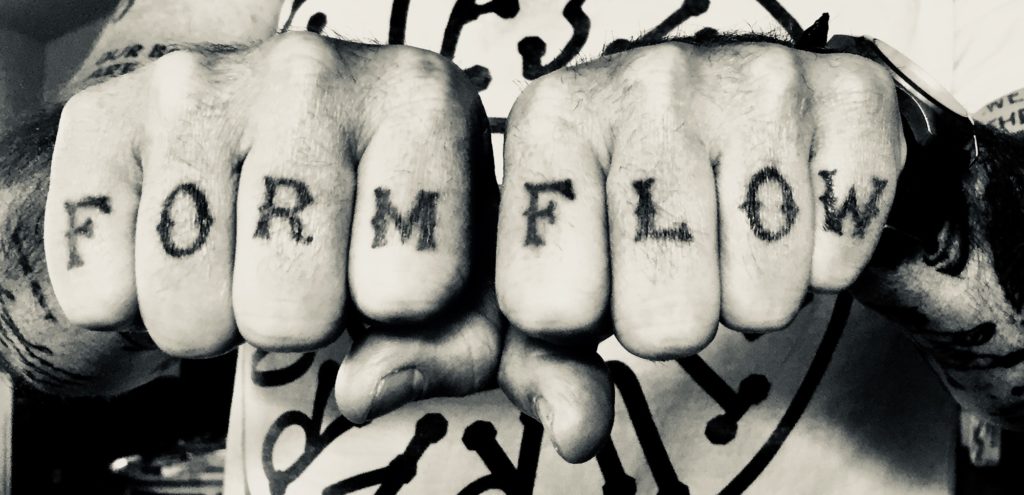 One Word: Bonkers by Harry Dodge
One Word: Bonkers by Harry Dodge
 Ubisoft apparently stopped a 900GB data breach
Ubisoft apparently stopped a 900GB data breach
 Ex texting you over the holidays? You're being 'Marleyed'
Ex texting you over the holidays? You're being 'Marleyed'
 Exceptionally rare radio sources detected in the distant universe
Exceptionally rare radio sources detected in the distant universe
 NYT's The Mini crossword answers for December 23
NYT's The Mini crossword answers for December 23
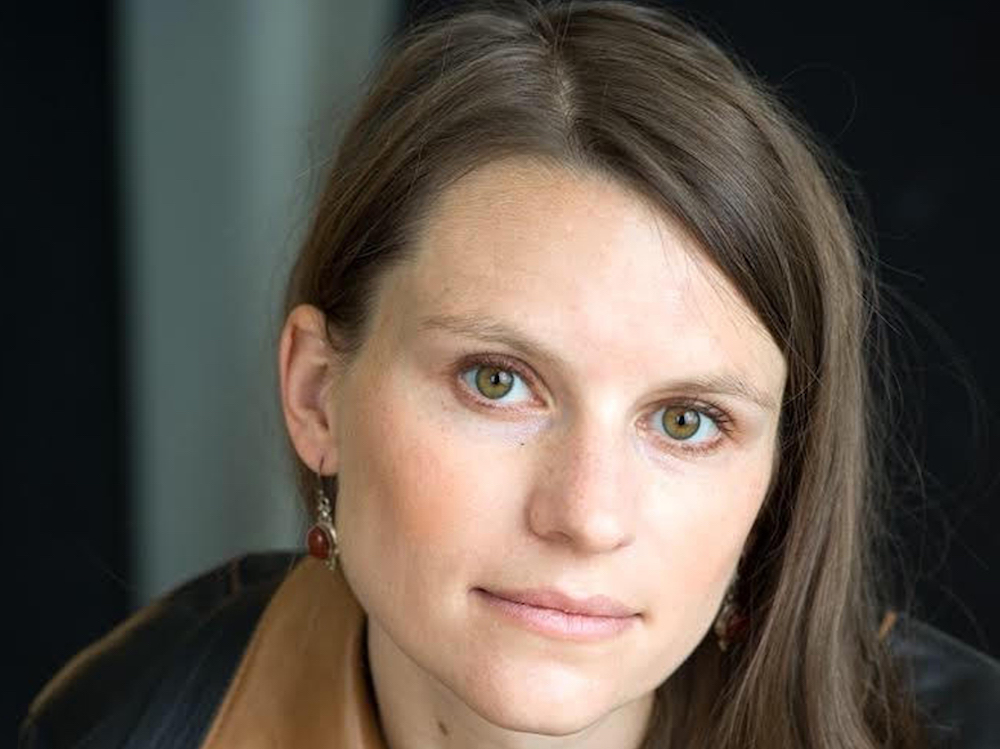 Staff Picks: Long Walks, Little Gods, and Lispector by The Paris Review
Staff Picks: Long Walks, Little Gods, and Lispector by The Paris Review
 Apple Music Replay 2023: How to get yours
Apple Music Replay 2023: How to get yours
 Waymo data shows humans are terrible drivers compared to AI
Waymo data shows humans are terrible drivers compared to AI
 How to watch OSU vs. TAMU football livestreams: kickoff time, streaming deals, and more
How to watch OSU vs. TAMU football livestreams: kickoff time, streaming deals, and more
 'The Last of Us' Season 2, episode 4: Why Ellie sings 'Take on Me'
'The Last of Us' Season 2, episode 4: Why Ellie sings 'Take on Me'
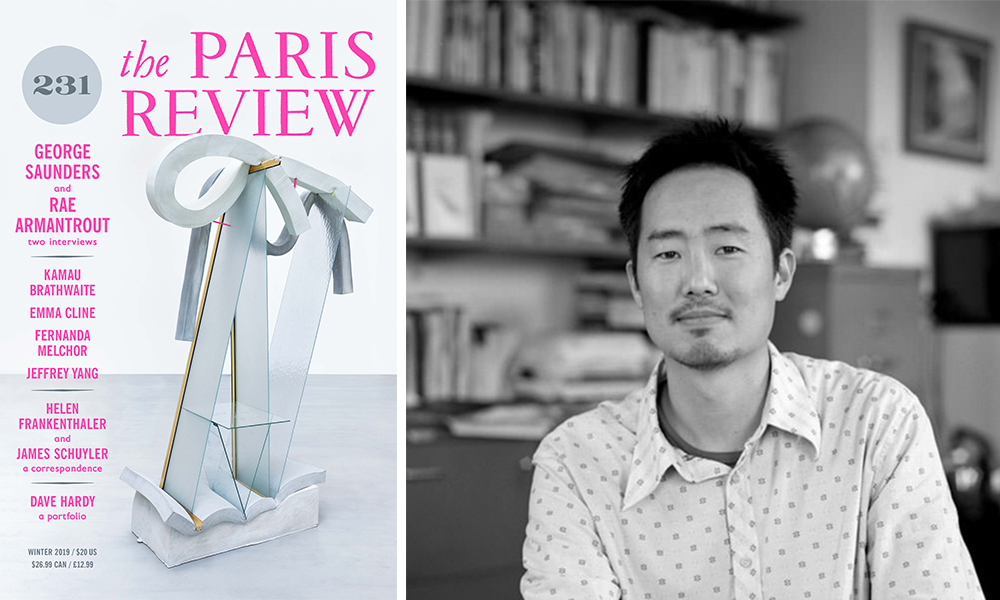 Learning Ancientness Studio: An Interview with Jeffrey Yang by Lauren Kane
Learning Ancientness Studio: An Interview with Jeffrey Yang by Lauren Kane
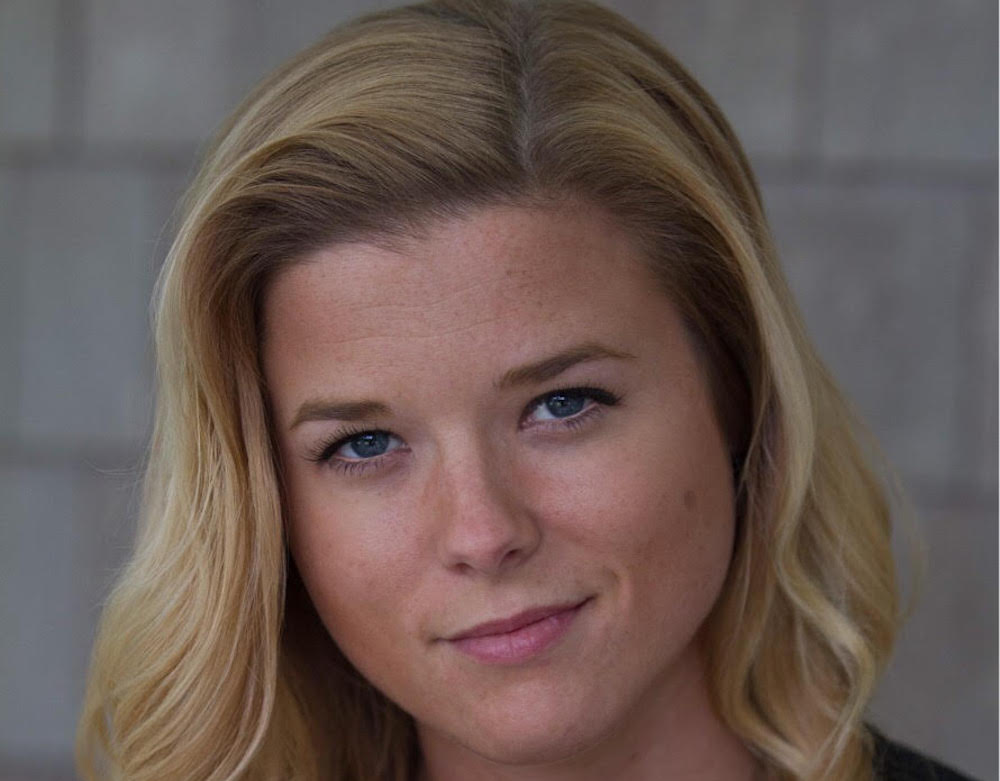 Whiting Awards 2020: Genevieve Sly Crane, Fiction
Whiting Awards 2020: Genevieve Sly Crane, Fiction
 CES 2024: 3 wild TV trends we're expecting to see
CES 2024: 3 wild TV trends we're expecting to see
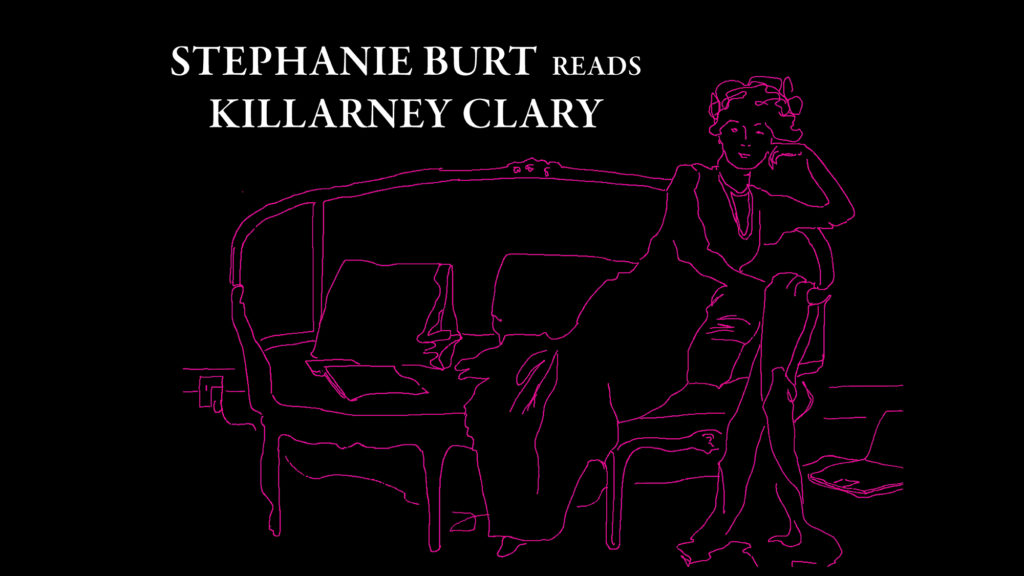 Poets on Couches: Stephanie Burt by Stephanie Burt
Poets on Couches: Stephanie Burt by Stephanie Burt
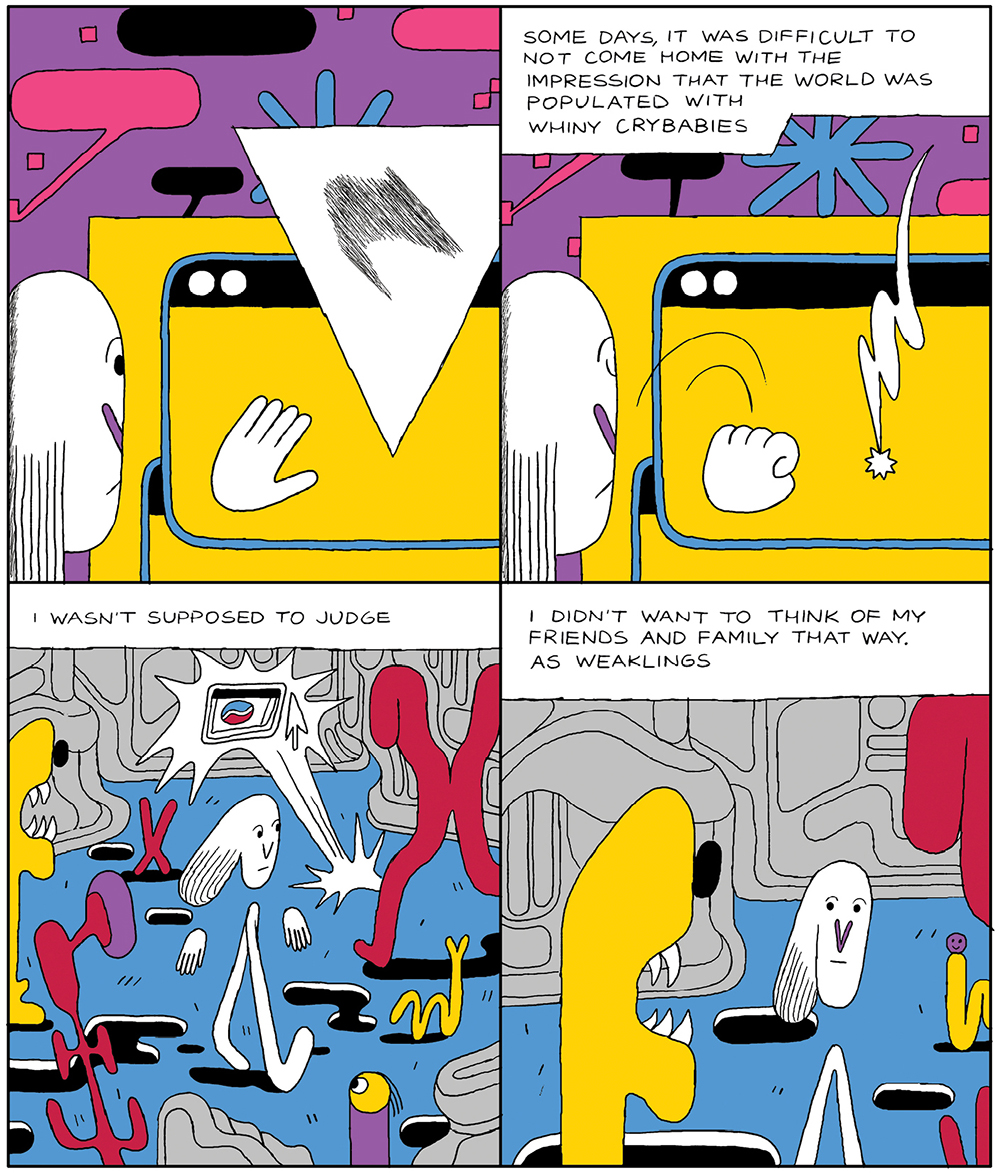 Long Weekend by Michael DeForge
Long Weekend by Michael DeForge
 Mickey Mouse is finally, kind of, becoming public domain
Mickey Mouse is finally, kind of, becoming public domain
 Astronomers saw one galaxy impale another. The damage was an eye
Astronomers saw one galaxy impale another. The damage was an eye
 I've used iPhone 15 Pro Max for 2 months: 5 game
I've used iPhone 15 Pro Max for 2 months: 5 game
The American Sentence: On Gertrude Stein’s Melanctha by Edwin FrankOn Writing Advice and the People Who Give It by Sheila HetiThe City Is Covered in Snow: From the Notebooks of Orhan Pamuk by Orhan PamukSiding with Joy: A Conversation with Anne Serre by Jacqueline FeldmanDo Dogs Know What Art Is? by Laura van den BergMaking of a Poem: Mark Leidner on “Sissy Spacek” by Mark LeidnerDo Dogs Know What Art Is? by Laura van den BergThe Grimacer of Beaune by KarlLetters to James Schuyler by Joe BrainardAnne Carson Will Receive Our 2025 Hadada Award by The Paris ReviewAgainst Rereading by Oscar SchwartzThe American Sentence: On Gertrude Stein’s Melanctha by Edwin FrankThe River Rukarara by Scholastique MukasongaOn Augusto Monterroso’s The Gold Seekers by Matt BroaddusIn Trump's America, climate change research is surely 'a waste of your money''Elden Ring' is reportedly coming to your phone. Here’s what we know.Earth just had its secondThe American Sentence: On Gertrude Stein’s Melanctha by Edwin FrankThe planet Donald Trump doesn't want you to seePS5 DualSense: 2 updates coming to your controller, including better audio Corrections and Test Questions: Happy Monday by Sadie Stein #ChallengeAccepted is messy as hell, but we have bigger things to worry about A Badjohn in Harlem: An Afternoon with Earl Lovelace by Anderson Tepper Pulitzers, Saints, and Camera Obscura! by Sadie Stein 'The Fight' doc is an invigorating reminder of the battle for freedom TikTok discovered 'green needle vs. brainstorm' two years later and it blew up again Vote for TPR in the Final! by Sadie Stein To Do List: A Celebration of Dovlatov by The Paris Review On Tour with The Magnetic Fields: Part 1 by Emma Straub Happy Birthday, Gatsby; Good YouTube channel perfectly ruins perfectly good songs On Tour with the Magnetic Fields: Part 2 by Emma Straub Horsemaning, Mars, and a Tiny Book by Sadie Stein A Panorama of “Bartleby, the Scrivener” by Jason Novak TikTok rap captures the UK's entire mood right now Barack Obama slips on his mask after eulogizing John Lewis, and this shouldn't even be a story Reading in New York; Reading of London by Lorin Stein Egyptians call out Elon Musk for spreading pyramids conspiracy theory The History of English in Ten Minutes, Dystopian Dream Books, and Other News Dr. Fauci has the perfect reaction to Rep. Jim Jordan's wild questioning
2.5448s , 10157.0546875 kb
Copyright © 2025 Powered by 【Watch Gun Hill Online】,Fresh Information Network